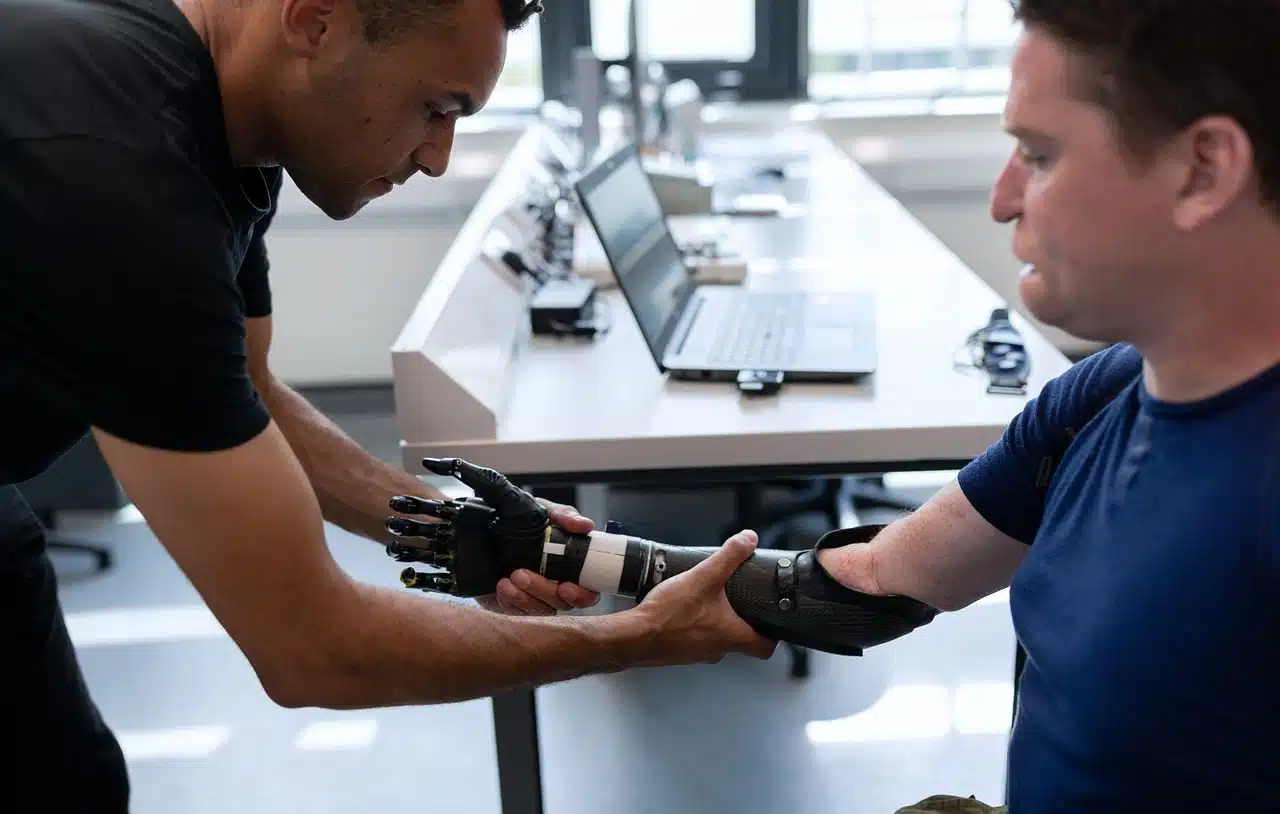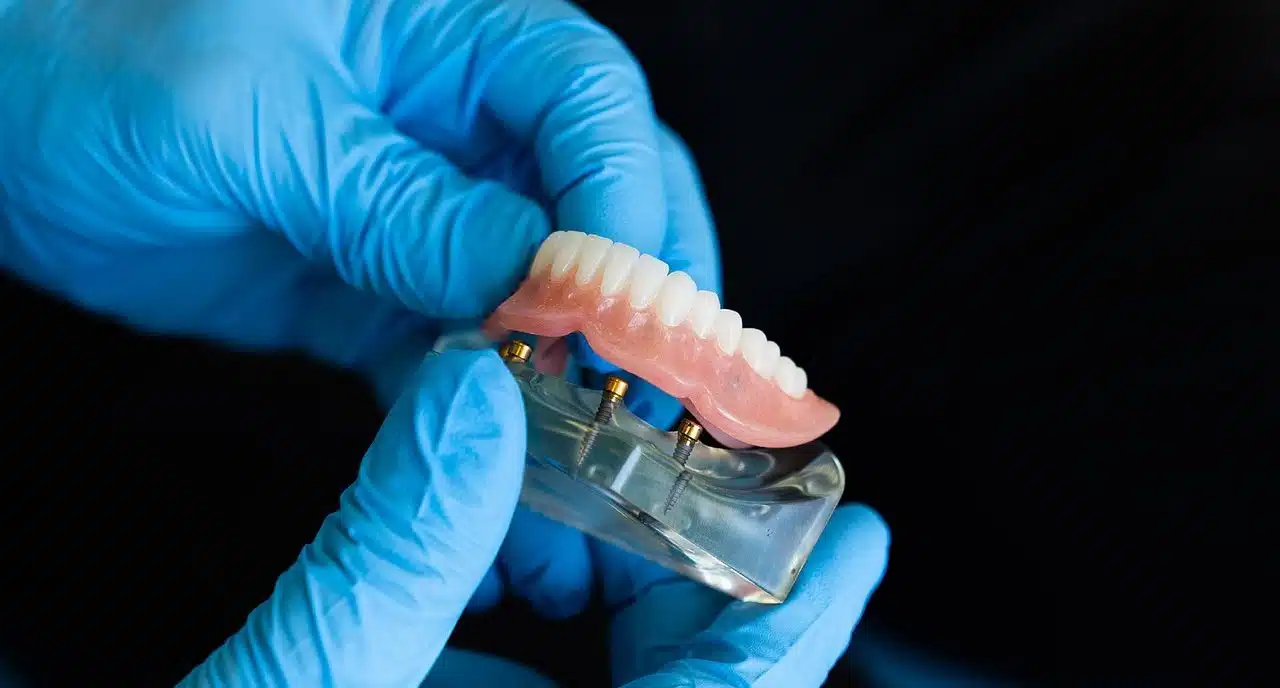
A prosthesis is an artificial element that replaces a missing component of the body.
Prosthesis is a notion that comes from the Greek language. The term is used in the field of medicine to name the artificial repair of an organ , or a portion of it, that is absent in the patient's body.
The concept is applied both to give a name to the repair technique and to the device that allows the replacement of the organ . For example: “The neighbors are raising funds to buy the prostheses that little Andrés must use,” “The dentist informed me that my prosthesis has not yet arrived,” “My grandfather had an accident when he was a child: instead of legs, he has two prostheses that allow him to walk.”
Characteristics of a prosthesis
A prosthesis, in short, is an artificial element that is integrated into the body with the purpose of replacing an organ or limb that, for some reason, is missing . The objective is for the prosthesis to fulfill a function similar to the one that developed, or should develop, what is absent.
Suppose a man falls onto the railroad tracks and is hit by a train. As a result of this terrible accident, doctors must amputate his left leg. After the necessary healing and rehabilitation process, the man begins to use a prosthesis in place of the amputated leg.
In some cases, the human being can be born with the absence of the organ, which is known as agenesis . That can happen if a child is born without his right arm, to name one possibility: to complete his body, he can use a prosthesis.
The use of prostheses can be very traumatic for some people , especially in the most obvious cases, since the world never seems to fully prepare for the presence of individuals with this need .

A dental prosthesis helps restore the function of the mouth.
Classification according to type
Among the most common types of prostheses are the following:
Hearing aid
The hearing aid , the name commonly given to this type of prosthesis, is an electronic device designed to change and amplify sound, so that the user can communicate more effectively. Sound enters the device through a small microphone, and is then converted into electrical signals to be manipulated through the amplifier and, finally, converted back into sound to be sent to the ear through a speaker.
Dental prosthesis
It is an artificial element that aims to restore the appearance of one or more teeth, also restoring the relationship that exists between the jaws and the vertical dimension of the mouth, thanks to the recovery of missing teeth. The person in charge of manufacturing dental prostheses is called a prosthetist or dental mechanic , and works in a laboratory complying with the instructions and demands of dentists, who deal directly with patients.
Breast prosthesis
Also known as a breast implant , it is a resource to increase the size of the breasts or to carry out their reconstruction. The placement of this type of prosthesis requires a surgical intervention, which receives a different name depending on the case; Breast augmentation, for example, is called augmentation mammoplasty .
It is worth mentioning that the origin of this practice dates back to the end of the 19th century , and that the first attempts had certainly regrettable results. Nowadays, it is an intervention that is usually associated with famous women, although reality indicates that more and more women are undergoing the scalpel to change the appearance of their body. Although it can cause different complications, it is not a particularly risky surgery and, far from myths and criticism, it is a right that anyone who is not happy with their physique has.
